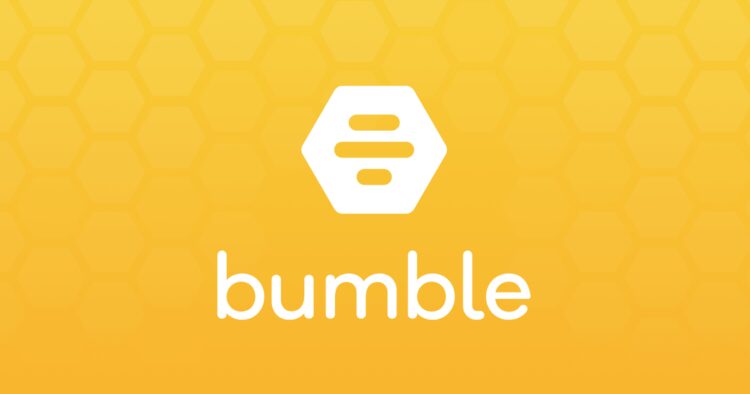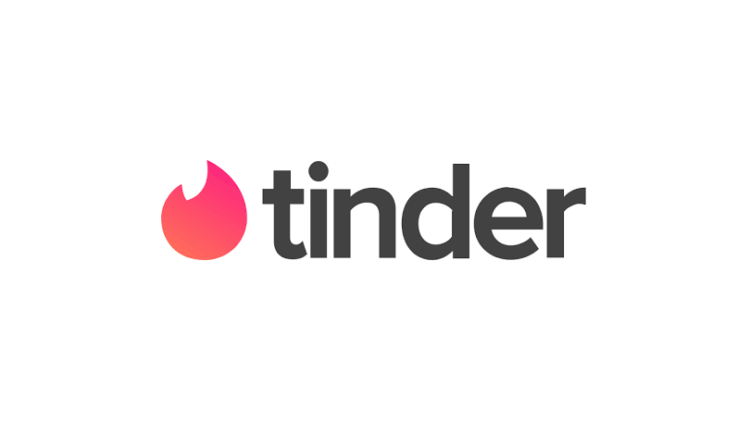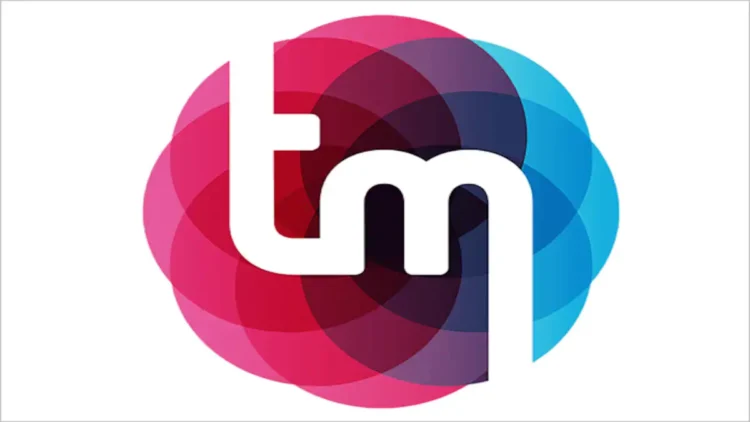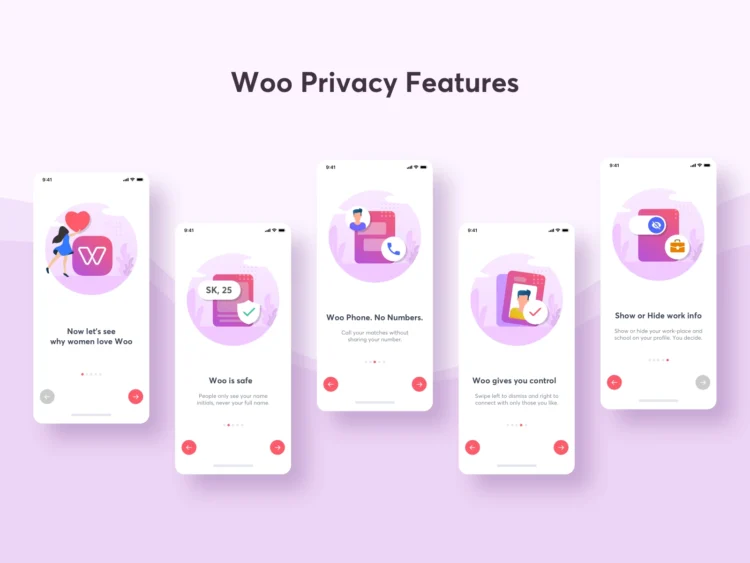Tinder is one of the most profitable applications globally if we eliminate gaming apps and look at overall income. The business of matching individuals with other people is on the rise, and it is only a matter of time before the niche will surpass the popularity of gaming applications in India. Tinder earned more than Netflix in 2019 from the Play Store and App Store.
Even in rural areas of the country, Jio has made the Internet more accessible. As a result, in India, dating applications are on the rise. After the US, China, and the United Kingdom, India is currently one of the top five markets for dating applications. It demonstrates that Indians are using Tinder at a higher rate than they were previously. In metro areas like Delhi and Bengaluru, dating apps are relatively popular.
Dating apps are pretty popular in India, with several smartphone users downloading different apps based on their tastes. You can date here anyone you think is good for you. Some Indians have even created their own applications to serve the country’s population. So let’s look at a few popular online dating apps in India.
Table of Contents
1. Bumble

In India, Bumble is one of the most popular dating applications. The platform allows the female to initiate the discussion once she matches with a person, which is the app’s most notable feature. Bumble is ruling the hearts of its users by defying the assumptions of Indian society.
Furthermore, in the case of a gay couple, either partner can initiate the dialogue. Bumble’s most intriguing aspect is that there are no phony profiles on the platform. During the registration process, it verifies the user’s profile photo with a tiny blue tick.
Bumble is a well-known software for networking and forming social relationships, in addition to finding matches.
Do you know that 60% of all Bumble matches end in a conversation? Aside from the incredible features, Bumble’s privacy policy is solid. Users can permanently block, unmatch, or report a profile if they think it is questionable to safeguard their security and privacy.
2. Tinder

Tinder is also India’s most popular dating app, with an ever-increasing user base. It requests that you sign up with your Facebook account and the platform’s algorithm retrieves a basic profile as well as your interests. Then it shows you profiles with comparable interests based on the same information. If you don’t want to connect your Facebook account, you can enter your phone number instead and create a new profile. If you like someone, you can swipe right and begin a conversation immediately.
If two individuals like each other on Tinder, they become a match, and you can meet in person to chat. Tinder now allows users to make video calls. However, this can only be done if both parties agree to use the video call feature. If you don’t feel comfortable talking to someone, you can always unmatch them.
3. TrulyMadly

TrulyMadly is another popular dating app in India that pays attention to profile verification. Before a profile is made public, it requires proof of identity documents. Once your profile is live, it will begin to display potential matching profiles.
It also displays a trust score depending on the information you’ve validated. The higher the score, the more trustworthy the profile. In the event that a profile causes an issue, you can locate the profile of the person who sent you an inappropriate text. As a result, bogus people have no place on this dating app.
You can like or pass a profile, just like on Tinder. You can start conversing if the other person likes you back. So, it’s a Tinder-like app, but the verification is strict, so there’s no way to match with a phony profile.
4. Woo

Woo is a dating app that caters solely to professionals with advanced degrees. Voice introduction, Tag Search, Questions & Answers, and Direct Messaging are some of the services available. There’s also a voice call feature in this app. So, without revealing phone numbers, girls can make voice calls. Women’s names, numbers, or whereabouts are never shared.
By swiping left or right on a profile, it employs the same kind of like or dislike system. It’s a match if both of you like the same profile. Two people can speak after a match. There is a limit to how many profiles you can check per day, but Woo Plus allows you access to skipped profiles as well as the ability to see who has viewed your profile.
Pandemic And Growth Of Indian Attendance On Dating Apps

It wasn’t always so popular to date online. Yes, it has been around for a long time in India, but it didn’t catch on right away. People’s hesitation or disgust (read: humiliation) about using the Internet to locate a date may be summed up in one word: embarrassment. It was in contrast to online matrimonial sites, which had a more extensive customer base.
When US-based dating behemoth Tinder entered India in 2016, however, online dating’s fortunes changed. In 2018, other dating apps such as Bumble and OkCupid followed suit. Online dating became fashionable all of a sudden.
According to Statista, a renowned industry and consumer research organization, the online dating market in India will reach $783 million by 2024. It demonstrates how popular these apps have gotten. Most dating apps have both free and paid features.
Furthermore, Match Group, Tinder’s parent company, claimed a twofold increase in the use of the app’s swipe and message functions in the third quarter (Q3) of 2024.
With everyone trapped inside their houses and technology as their sole means of communication with the outside world, it was only logical that dating apps would experience some of their most incredible days.
While many people utilize these applications to date or have casual flings, you can find the love of your life here, too, considering you have laid down your expectations plainly during a conversation.
Conclusion
Traditional Indian dating practices appear to be giving way to the empowerment of individual choice. Mobile matchmaking services will grow as technology improves, but balancing a bright future with societal standards will be a difficult decision for regulators and policymakers.
